What’s the best way to implement both/and strategies?
We intuitively understand the need to focus on learning and development. On academic and social-emotional competencies. On relationships and rigor. But funding requirements, system priorities, and program design often push us towards an either/or approach. Science confirms common sense: These are all most definitely both/and.
New data on spiraling mental health challenges, chronic absenteeism, increased disconnection, and sluggish academic recovery make it clear that we aren’t getting the balance right. But it isn’t clear what the right balance should be.
Maybe we should stop talking about balance – which implies separate components in equal measure – and start talking about blending.
The good news: What we are hearing and seeing in conversations with practitioners from across the country is that both/and is increasingly the goal and the approach. How do we merge the best of what we know works to advance meaningful academic learning and healthy youth development?
Over the past month, the KP Catalysts crew has had the opportunity to delve into these very present challenges with diverse practitioners working directly with young people who are seeking to refresh or redesign their work to meet the present day. (See Karen’s recent reflection on her National 4H keynote and my posting re: the OST Playbook for High-Impact Tutoring developed as a part of the National Partnership for Student Success.) While there have been different doors into the conversation, certain themes resonate and reinforce. First and foremost, the need for increased intentionality at every level – from recognizing a young person’s multiple identities to building relationship-rich environments to creating relevant experiences.
Karen and I recently delved into these themes as part of a 2-hour interactive session with 70-plus affiliate leaders from the National Urban League’s Education and Youth Development Project Ready affiliates. The session was both energizing and affirming. We started with activities designed to help affiliate leaders map the variation in the places and purposes they have the flexibility to bring young people together (in school during the school day, afterschool in the school building, and in their organizations or other community sites).
We then used a Paseo exercise to let affiliate leaders reflect on the multiple identities they bring into different learning settings as well as on the multiple identities young people bring. While these reflections were fresh, we asked them to think about the opportunities they have for maximizing engagement, given their freedom to bring young people together in different settings for different purposes. This was the moment when the importance of intentionality in design came to life. One Project Ready leader reflected on the differences he noticed in how young people respond to a question on the first floor of their particular Urban League – a more general space – versus on the second floor – their space, the space where they feel comfortable to be who they are. He commented with excitement on the realization that settings matter, even within the safe space of the Urban League.
We tied his and other leaders’ reflections back to the science of learning and development, using the Science of Learning and Development Alliance’s “blue wheel” – non-negotiables as we call them. The learning experiences are inherently different when relationships are rich and the setting is filled with safety and belonging. The science reinforced the stories, but the stories provided the ahas that suggest the power of blending versus balancing the elements involved in creating optimal learning environments.
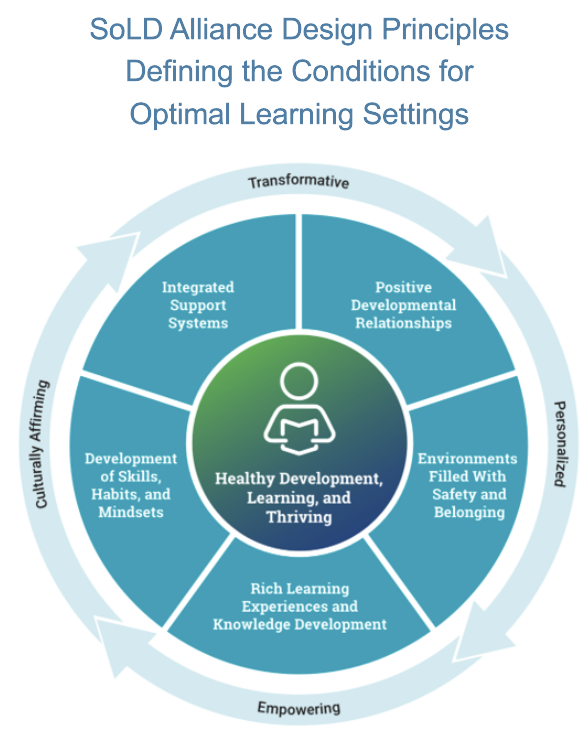
Graphic originally from: Learning policy institute & Turnaround for Children. (2021). Design principles for schools: Putting the science of learning and development into action.
Forum for Youth Investment (with Learning Policy Institute & Turnaround for Children) (2021). Design principles for community-based settings: Putting the science of learning and development into action.
But the real insights came in the second half of the session, when we introduced the XQ Institute and Carnegie Foundation for the Advancement of Teaching’s strategies for using supportive learning environments as a springboard for creating transformative learning experiences. After giving tables time to explore XQ’s Learner Competency Framework (link and the “2 buckets” visual), we asked affiliate leaders to think of a learning activity they use and ask how they could better bridge specific academic competencies with cognitive, social, and emotional (CSE) competencies. By zooming in on specifics – one or two academic competencies and one or two CSE competencies – they identified ways to enrich an existing experience by just being more intentional. The epiphany: Blending is actually easier than balancing!
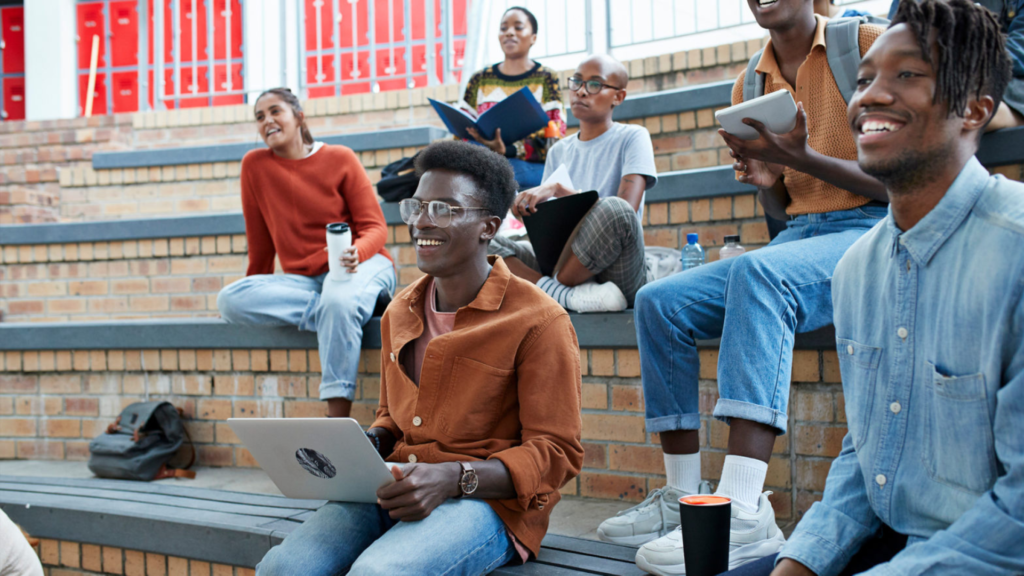

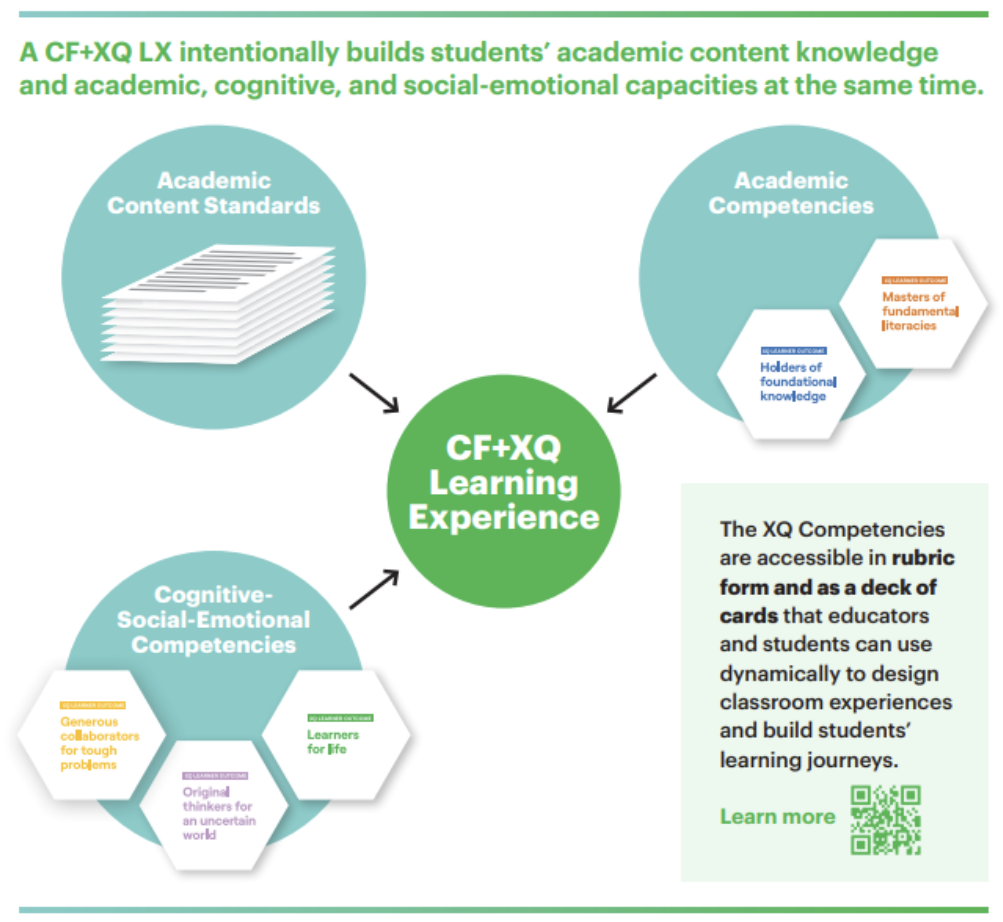
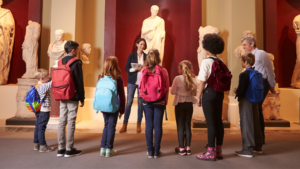
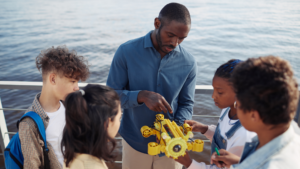

No comment yet, add your voice below!